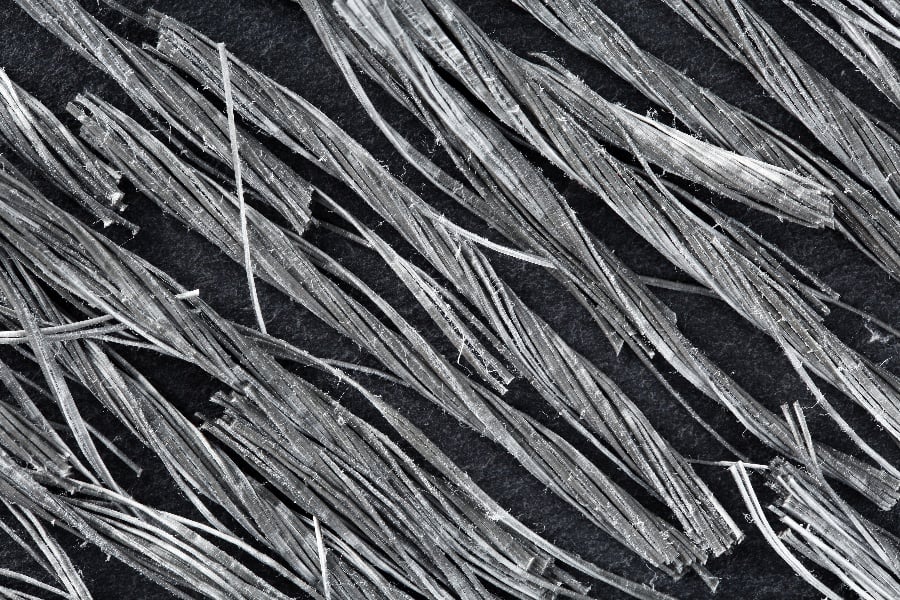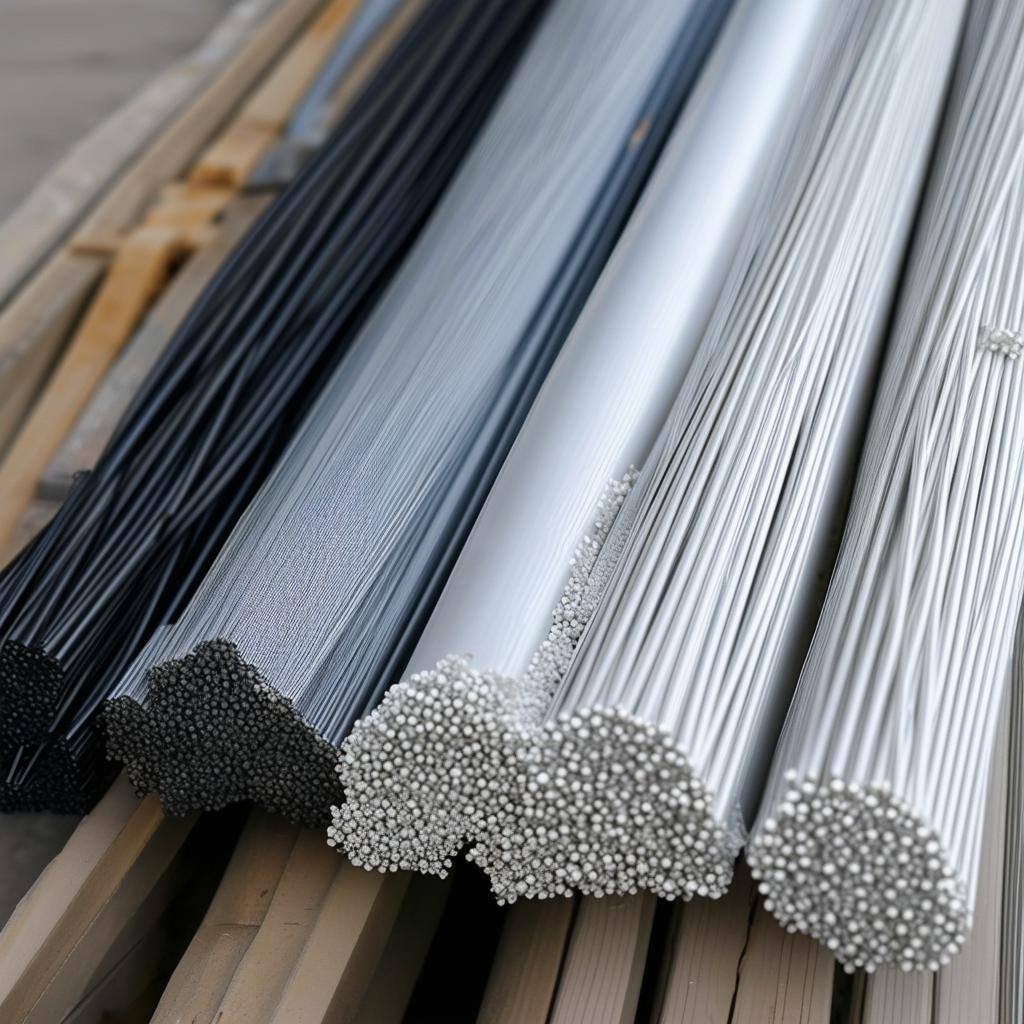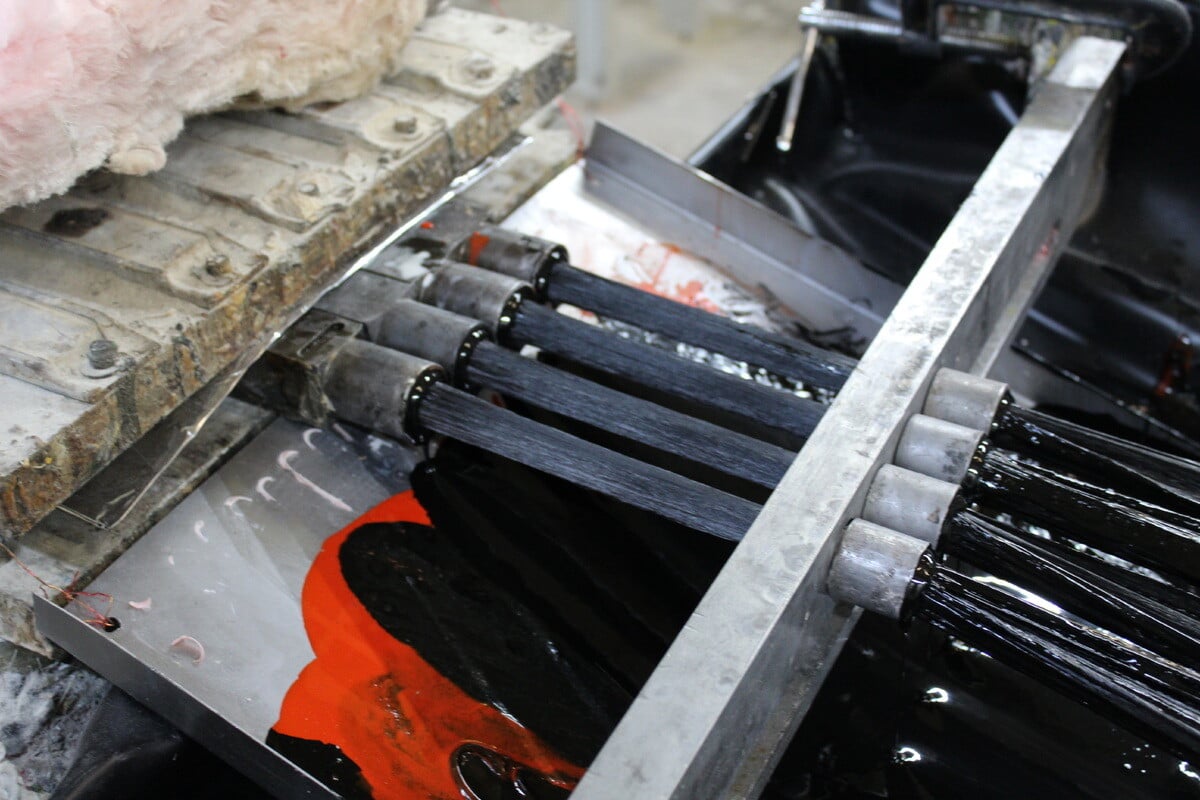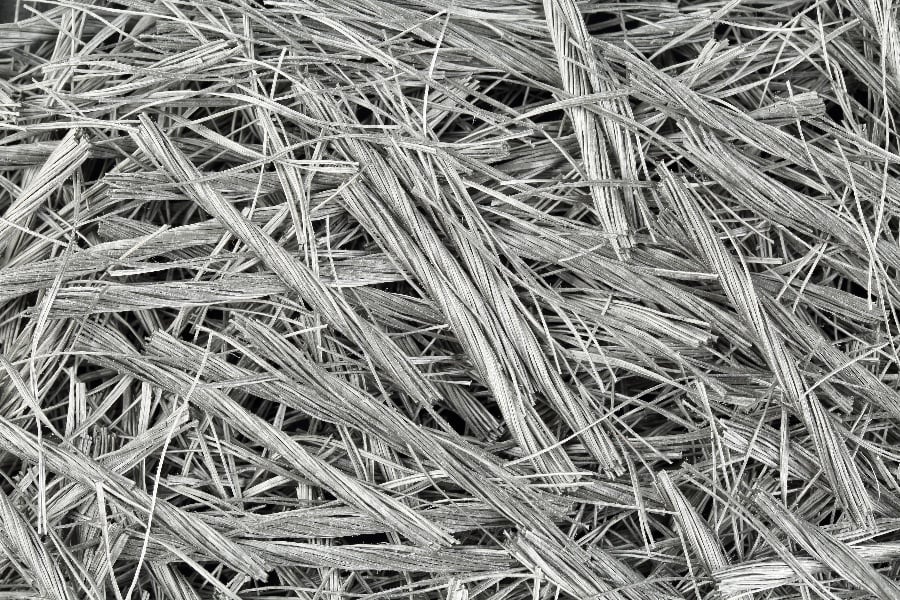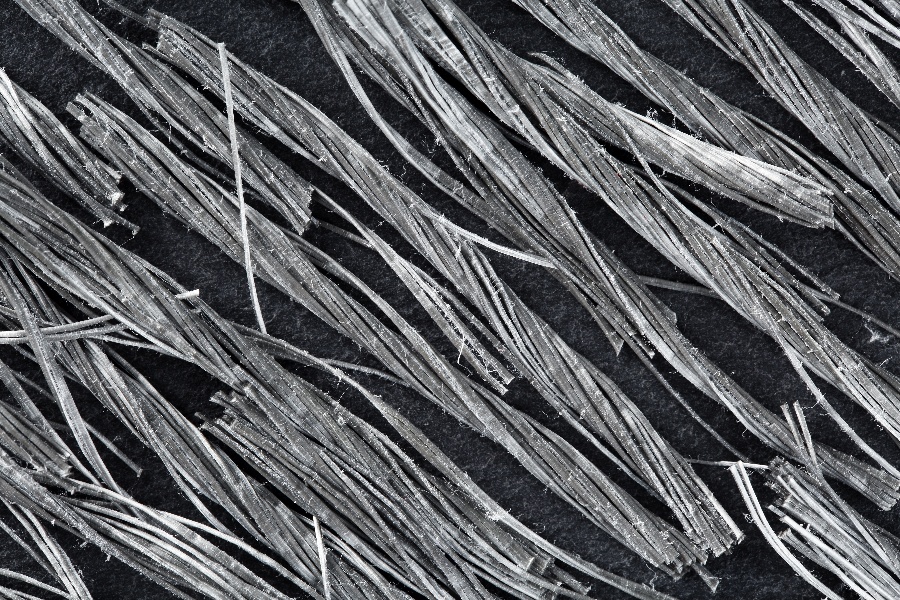
Pultruded fiber reinforced polymers (FRPs) are diverse composite materials used in different applications from aerospace to infrastructure and everything in between.
There are many benefits to using FRP composites, much of which can be attributed to the specific resins used in their manufacture.
The Application of Thermoset Composites
The thermoset composites market is the larger market of the two types ─ thermoset and thermoplastic resins ─ and is expected to reach USD 57.98 billion by 2021, at a compound annual growth rate (CAGR) of 6.67% between 2016 and 2021.
Within this market, epoxy resin accounted for the largest in terms of value while polyester resin accounted for the largest share in terms of volume and because of high yield and superior processing properties. The popularity of thermoset composites comes in part because of their easy manufacture. When uncured, thermoset resins take on a liquid state at room temperature, allowing for the easy saturation of reinforcing fibers in the pultrusion process.
In this post, we’ll find out a little more about one: epoxy which is used in the class of thermoset resins. Epoxy resin possesses thermal and chemical resistance ─ as well as strengthened mechanical properties.
In liquid form, the epoxy resin may be poured into a mold or painted over the material in layers to create a protective outer coating. After curing, the material hardens into a solid and becomes durable and structurally stable. These attributes make epoxy resin extremely useful in a number of applications.
The specific combination of chemical compounds and polymerization processes will impact the resulting core characteristics of an epoxy resin formula.
The following are a few of the properties of epoxy resin formulas:
- Heat-resistant
- Chemical stability
- Electrical insulation
- Low moisture absorption
- Corrosion-resistant
- Provides very high mechanical properties and fatigue resistance
- Low shrinkage after curing
When the epoxy resin is mixed with a co-reactant, also known as a curing agent, the chemical reaction depends on the curing agent and may begin as soon as the two chemicals are mixed and depending on the formulation can become solid very quickly or delayed depending on your requirements.
Manufacturers make automotive parts, aerospace devices, sports equipment, and hundreds of other profiles with compounds that are strengthened with epoxy resin.
Alternatively, if you pour coating epoxy into a mold, you’ll need to pour multiple thin layers and wait for the material to cure between applications. Otherwise, the heat generated from the material poured in a large mass will accelerate the chemical reaction and cause yellowing or cracking.
Questions about Your Application
Epoxy resin systems can be tailor-made to suit unique project needs. Manufacturers use a variety of co-reactants, including, for example, polyfunctional amines, phenols, and alcohols all of which produce slightly different results. The type of base epoxy and additives in the formula can also change the resin’s viscosity and intrinsic properties.
- Do you need the epoxy to have any special properties?
- Fatigue resistance?
- Will the profile that you need for your specific application be exposed to extreme temperatures, water, chemicals, UV rays, or other potentially damaging elements?
You can also request a super high-strength epoxy. Whatever properties you need, there is a resin to get you there.
The Pultrusion Process
Pultrusion is a method of FRP manufacturing that pulls continuous fiber materials through a resin bath for reinforcement. The liquid resin permeates the material and impregnates it with a range of technical and performance properties dependent on the resin used. Once saturated, the material is cured (polymerized) and your FRP is ready for deployment.
From a performance standpoint, thermoset composites perform best in high-performing structural and fire-resistant applications as they have superior structural stability and cannot melt.
Because of this, common applications are in civil engineering, appliances and electrical, and commercial and residential construction.
A resin-like epoxy usually helps transfer stress between the fibers. In general, resins are often used to coat the fibers and clasp them together so they can be immune to damaging external factors such as corrosion.
In other words, resins are mainly used in pultrusion to offer structural as well as thermal stability to the resulting composite. Depending on what you're working towards, different resins are often employed to meet your specific needs.
Pultrusion resins are usually used to saturate and impregnate FRP and other composite materials. Thus, they are at the core of the entire process.
Usually, during pultrusion glass-reinforced textiles or fibers are often pulled through a high-performance pultrusion resin bath in a controlled process known as a wet-out procedure.
The process is monitored to ensure total-wetting out of the emerging reinforced fiber. Any excess resin is afterward removed to expel any trapped air before the impregnated glass-reinforced textiles are passed through a heated die to cure the combination of resins, catalysts, and any other fillers into the final profile shape.
Once the composite is fully cured, it can be cut into the desired length or if possible size and shape.
For example, Tencom has produced pultruded thermoset products for ultra-high temperatures that have given test results of 575°F (302°C) for Glass Transition Temperature (Tg). This makes it the highest Tg pultruded material ever tested and further confirms the tolerance of thermoset composites.
Other examples of thermoset end products include fiberglass poles as tree and vine support, telescoping poles, and crossbars, electrical components such as terminal boards, arc shields, and standoff insulators, and common use items like fans, ducts, and pumps.
The Takeaway
Epoxy resins are widely used in many applications and are a popular option. Epoxy resins have a low shrinkage rate. It's also possible to control the cure rate of an epoxy resin using hardeners and/or catalysts or even other epoxy resins to achieve the desired outcome. They have excellent thermochemical integrity and are ideal for reinforcing and bonding to other components.
They also boast exceptional electrical properties, excellent corrosion resistance, and perform well in high temperatures. The downside, however, is that some epoxy pultrusion resins may take longer to cure completely and they require a post-cure. They also have a lower UV resistance than do some other resins.
By taking a look at the array of resins available, the diversity in resin application and their impact on end products is clear.
Regardless of your project, by tailoring a resin such as epoxy used, there will be an FRP profile that fulfills your design and performance specifications.
If you’re interested in learning what resins are available for your next project, contact us and get in touch with our team of experts.

